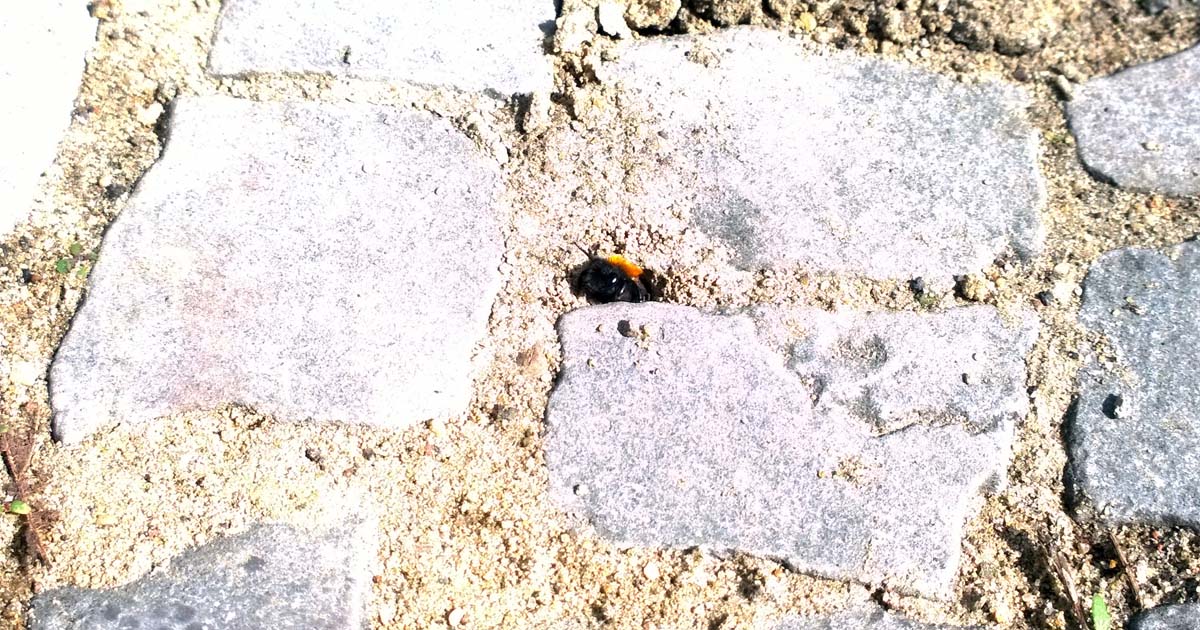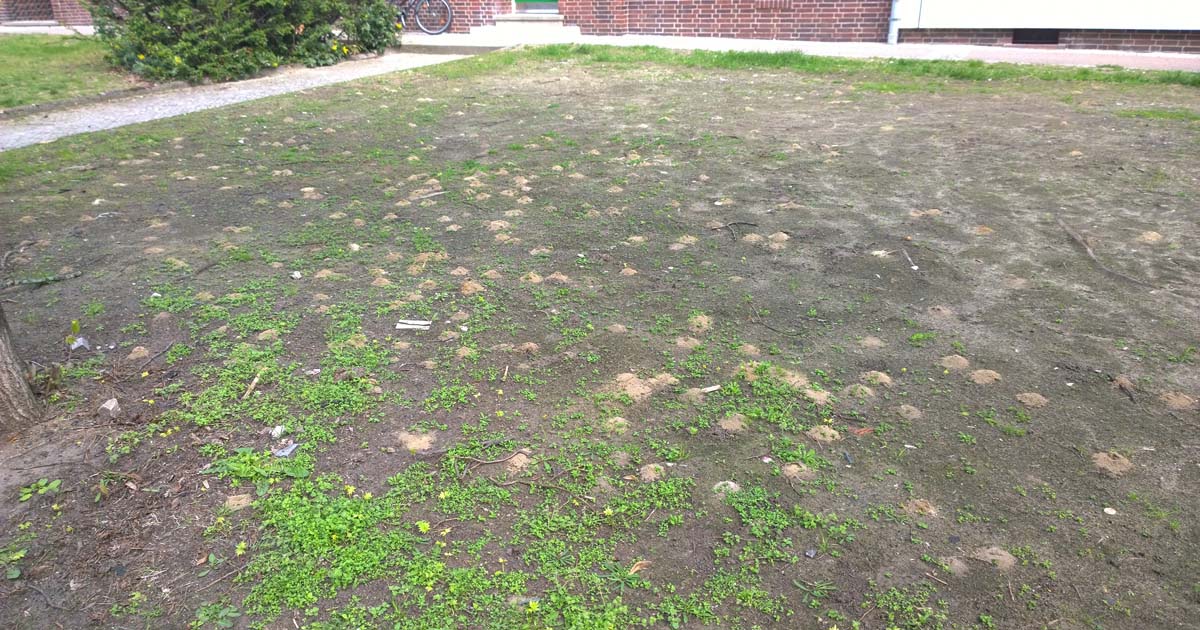Those who have already read the first part of the article have at least felt the gleam of hope that accompanied us with the first sandy hills of the year. We have now observed it intensively in the weeks after that and have to say.... we are very happy and also a little bit proud. Lucky that we managed to save this large population. And a little bit proud that we were able to achieve so much as a very small initiative.
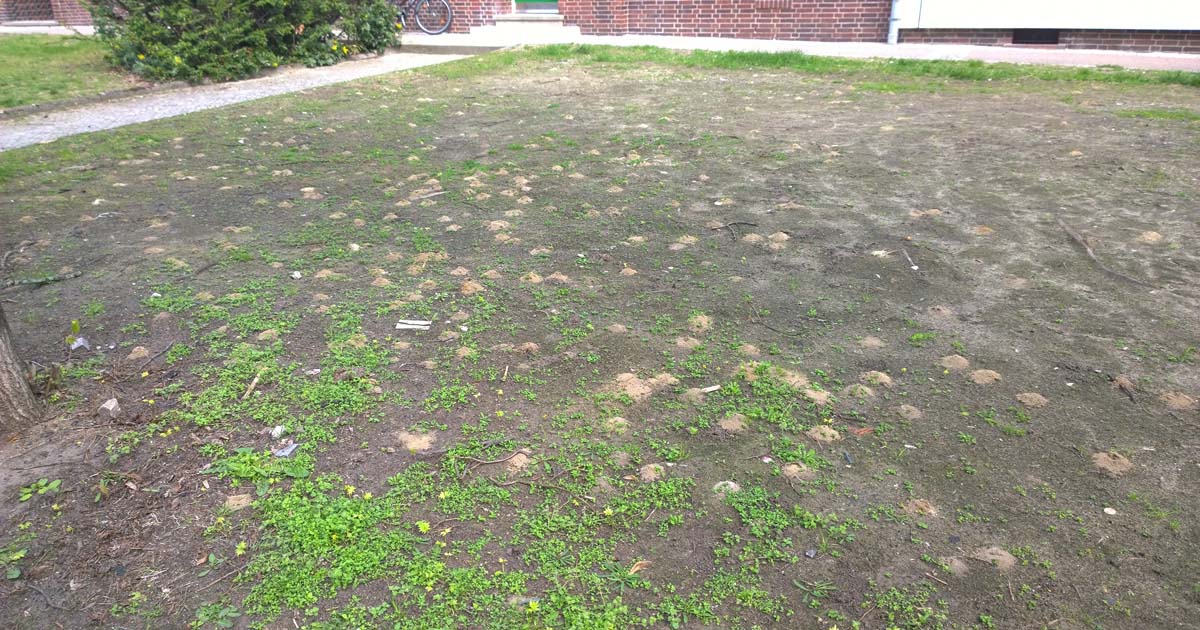
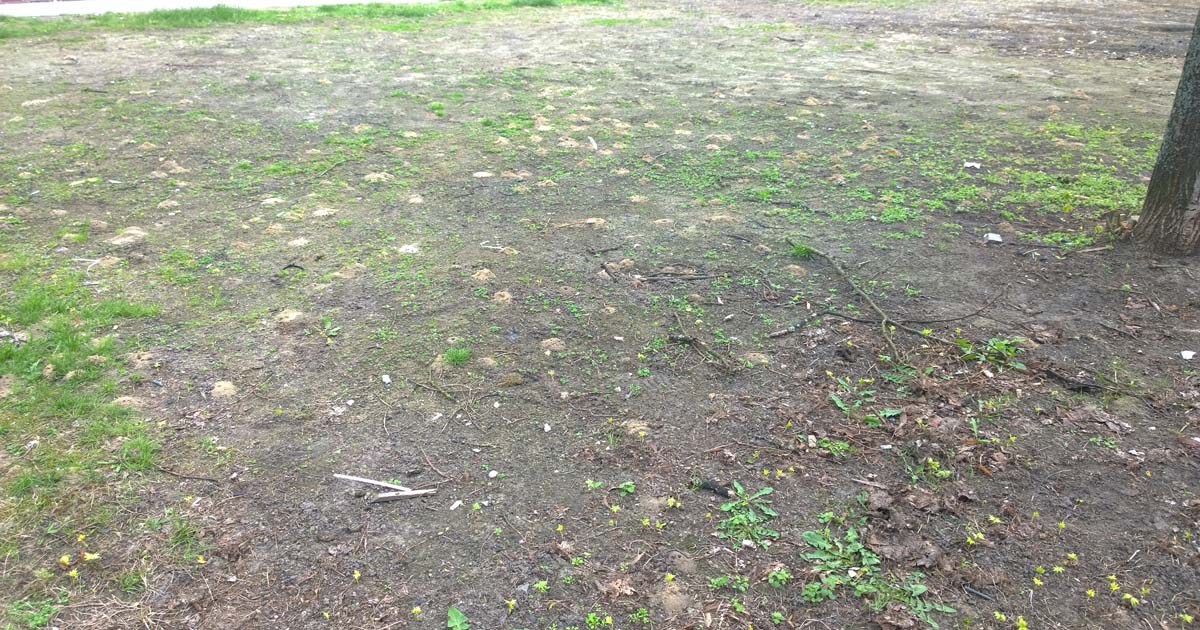
And it is important to make a difference, because the preservation of bees is important for each and every one of us and serves both the common good and biodiversity. Because we all benefit from pollinators, especially the particularly hardworking wild bees, who are doing a disservice to all ecosystems, the species that live in them and also to humans through their way of life. In Europe alone, more than 4,000 vegetables depend on them.
We have carried out an initial, but frankly still very rudimentary survey of how common the red sand bee is on the area. However, we have not yet relied on conventional scientific methods, as these would have taken much more time than we currently do not have. Instead, we relied on an estimate of how high the average occurrence is in varying degrees on the areas. We only referred to the number of nesting holes, which can contain several individuals (up to 9 offspring) at the end of the season.
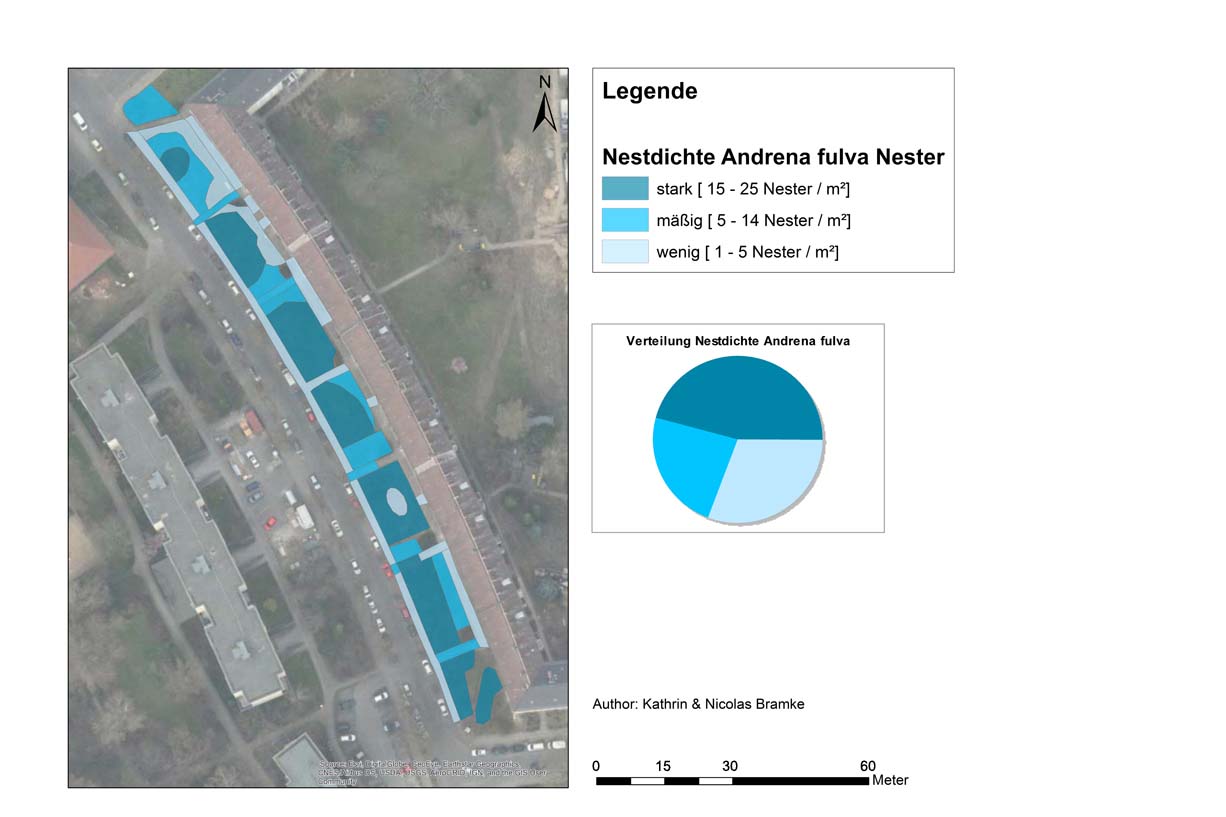
Data collection: 2017/04/09
On the basis of these data one can at least speak cautiously of about 1,000 to 1,500 nesting holes. How many individuals get around in the end, however, remains to be seen. The data are scientifically not usable, but at least helpful to get a first impression of the impressive number of animals there.
But... Mining greenery work is currently being carried out around the block as a result of the rehabilitation work carried out in recent years. One measure concerns directly the large nesting area and is to start the days now (meaning today on 20.04.2017) by sprinkling an approx. 3 cm thick layer of humus and sowing it with grass. The fact that this, despite the cool weather and the low activity of the wild bees, nevertheless falls within their main period of activity, does not seem to be a problem for the Nature Conservation Agency, because they have given their go (according to garden landscape gardeners).
We have drawn on renowned wild bees experts from all over Germany to do this, because we thought it was rather strange and in our opinion there was a lack of technical expertise. All the experts who have already reported back had a clear opinion on this and agree that activities during the main activity period are an absolute no-go. Measures after this time are also viewed critically because of the fact that the supply of substrate (soil material) and plants on the areas could change considerably.
Tomorrow we will send the collected reactions by e-mail to the nature conservation authority in Berlin to achieve a rethink. The unanimous opinion of experts is that these wild bees have an unusually large population there.
Please support us if you think we are doing something right with our work. Whether it is financial or direct support.
Translated with: https://www.deepl.com/translator
